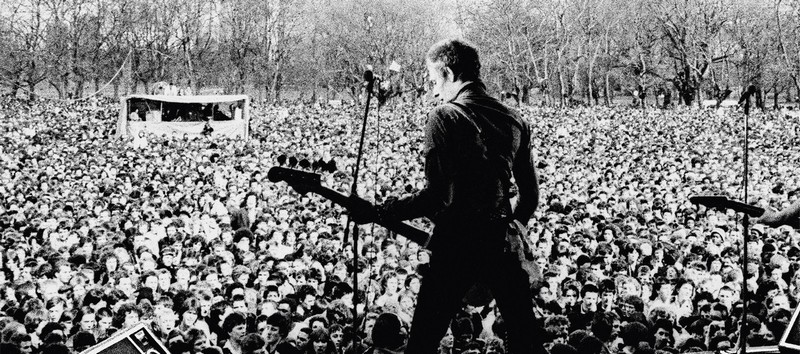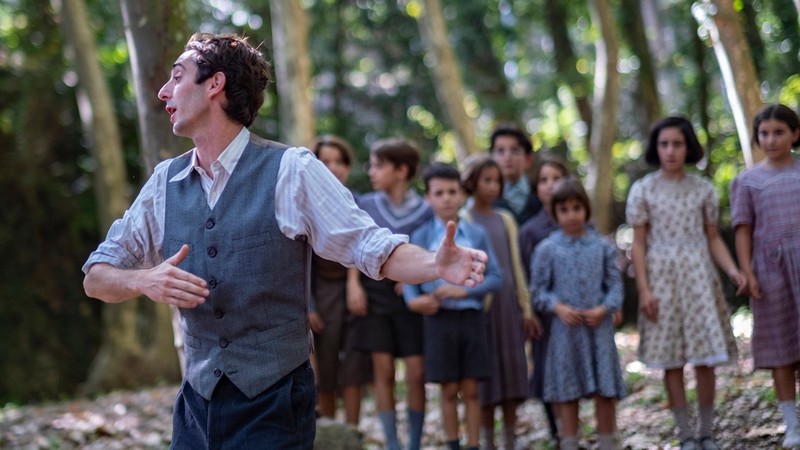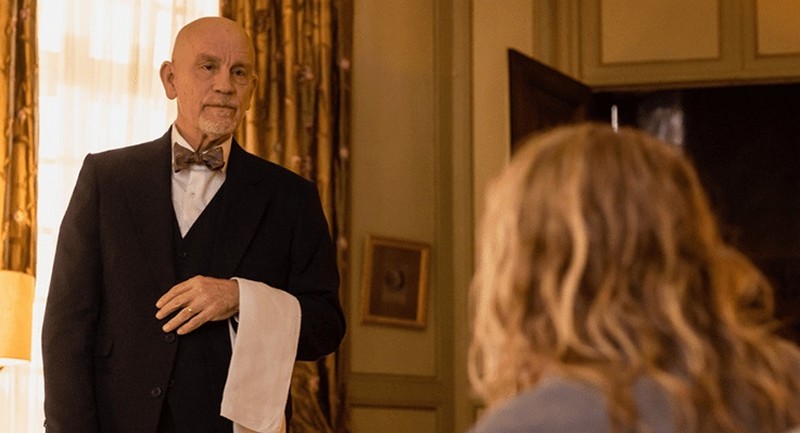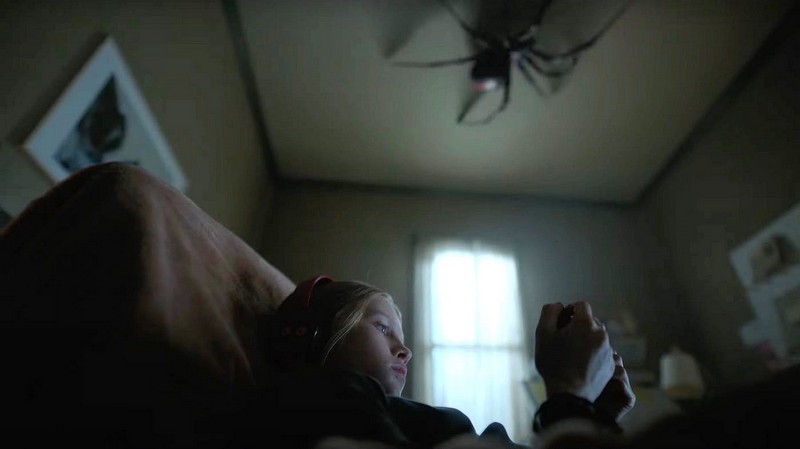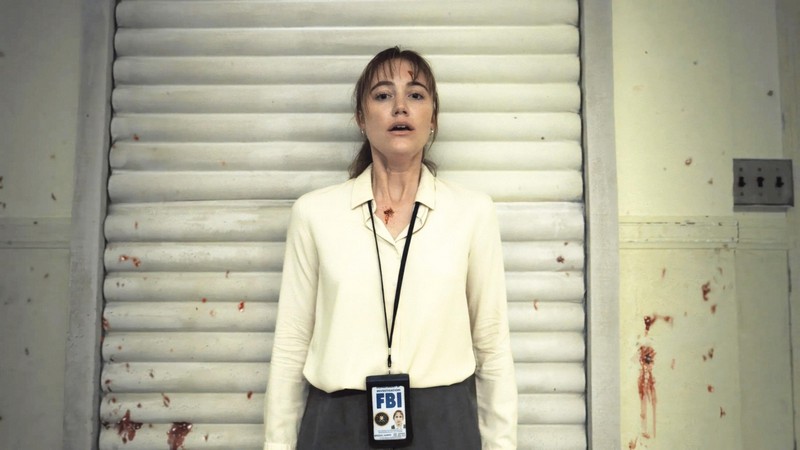Rubika Shah’s documentary feature White Riot re-tells the inspired story of Rock Against Racism. RAR was a grassroots movement that stymied the rise of racism in 1970s Britain by galvanising youth through politically charged music. The film contextualises a growing white supremacist sentiment born from the Nazi Party, but manifesting in numerous cultural and political institutions. For example, the National Front gained traction through politician Enoch Powell, and was sustained by racists riots and protests. Meanwhile, musicians Eric Clapton and Rod Stewart endorsed discrimination, as well as popular television shows reinforcing racist stereotypes through portrayals of blackface.

A group of young activists, led by music photographer Red Saunders, established Rock Against Racism as a means of combating “who the real enemy is”. Initially a magazine called Temporary Hoarding which published music industry stories deliberately omitted from the mainstream, the movement uncovered the tangible threat of racism felt by marginalised communities.
With an impressive spectrum of archival footage and interviews, Shah’s film exudes the same bristling energy of its subjects with the street hustling and literal cutting and pasting involved in the offices of RAR. The film is sharply critical of the time period as magazine clippings of Temporary Hoarding are compared with newspaper headlines. Therefore, an overwhelming moral justice is imbued with the actions of these “ordinary citizens”, which feels just as relevant today as it did back then.
The film reverentially focuses on the day-to-day exhaustive planning of individuals working within RAR, more so than the glamorous rock bands that hammered home the message. They, too, were on heightened alert, as their own lives were threatened with bullets sent through the mail, among other nefarious tactics by Nazi sympathisers.
On the other hand, the institutionalised discrimination is conveyed through harrowing footage of police beating and arresting ethnic groups en masse on account of the “suspected persons” policy. Saunders argues “you wouldn’t believe how many senior police officers supported the National Front”. The film captures the urgency of their efforts, as well the odds they faced.
White Riot wraps up warmly in its climatic epilogue, with inspiring scenes of 80,000 people marching from Trafalgar Square to Victoria Park for a RAR concert. With The Clash, and many others performing to stir up the exuberant crowd, the National Front protestors “gave up” and dispersed, symbolising a defeat of discrimination at that time.
Patrick Scott
Other reviews you might enjoy:

Patrick Scott is a recent graduate from Monash University with a Bachelor’s Degree in Media Communications. He is a freelance film reviewer based in Melbourne, and contributor to The Blurb.

